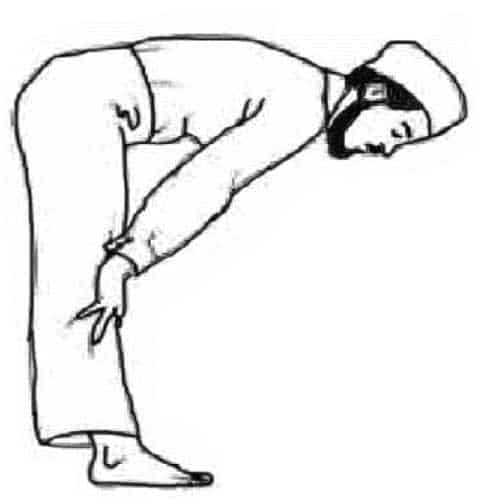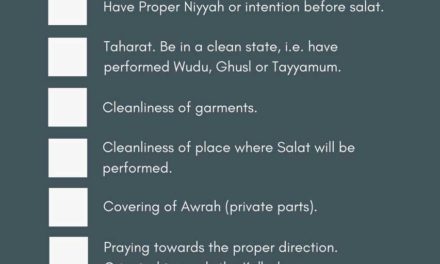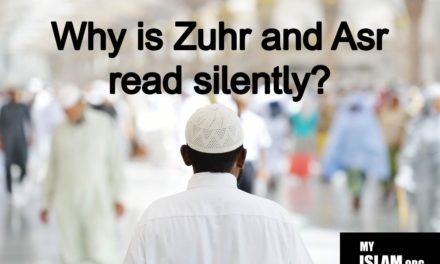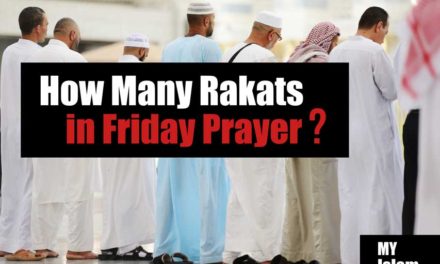The two dhikr subhana rabbiyal azeem and subhana rabbi al ala are recited during ruku and sujood/sajda part of the salah.
It’s likely we were taught to say these Arabic phrases when we first learned to pray but do we actually have a deep understanding of the meaning of the words we are saying?
If not, we should take some time to learn this prayer if we want to genuinely praise Allah subhanahu wa ta’ala. By understanding every action of the Salah we can enhance our devotion and become more engaged and present during salat. After all, in the Qur’an it specifically states:
“So woe to those who pray [But] who are heedless of their prayer”
107:4-5
Dua For Ruku (subhana rabbiyal azeem)

The proper form for Ruku is shown, the back should be parallel to the ground, gaze should be directed towards your feet. From here you would recite the tasbih subhana rabbiyal azeem three times:
In Arabic text subhana rabbiyal azeem is written as:
سُبْحَانَ رَبِّيَ الْعَظِيمِ
Translation of subhana rabbi al azim is “Glory be to my Lord Almighty”.
This is beautiful time to praise Allah, bowing down before him and referring to him by one of his ninety names Al Azeem (The Great One, The Mighty, The One deserving the attributes of Exaltment).
Hadith on Sins Being Wiped Away During Ruku and Prostration
Ibn Umar reported:
The Messenger of Allah, peace and blessings be upon him, said, “Verily, when a servant stands to pray, his sins are placed on top of his head and shoulders. Every time he bows or prostrates, they fall away from him.”
Source: Sahih ibn Hibban 1769
Grade: Sahih (Al-Albani)
What To Say In Sujud (subhana rabbiyal ala)

The proper form for sujood should be one at ease. 7 parts of the body should be in contact with the ground distributing your weight equally. The 7 parts are the nose and forehead, the palms, the knees, and the toes.
In sujood, you should recite, “Subhana Rabbiyal A’la” three times.
In Arabic text this is written:
سُبْحَانَ رَبِّيَ الأَعْلَى
The meaning of Subhana Rabbi Al Ala is “Glory is to my Lord, the Most High”
Subhana Rabbi Al-A’la Pronunciation
Here’s the proper pronunciation for the tasbeeh Subhana Rabbi Al-A’laa in sujood.
As mentioned in the Quran verse earlier, do not be heedless meaning showing lack of care of attention. Remember this is not just a ritual or part of salah, this is a submission to Allah. In that given moment you are prostrating to God who is the highest and most supreme.
In Sahih Muslim hadith number 482 The Messenger (ﷺ) was reported as saying, the nearest a servant comes to his Lord is when he is prostrating himself, so make supplication (in this state).
In Sajda remember, you are the closest that a person can ever get to Allah subhanahu wa ta’ala. It’s likely that our duas are most likely to get accepted in sajda because the position we are in is one of humility and submission. Allah in the Quran mentions repeatedly he loves those who are humble and staunchly opposes the arrogant or boastful.
Hudhaifah narrated that :
he performed Salat with the Prophet, and that while he was bowing he would say: (Subhana Rabbiyal Azim); “Glorious is my Lord the Magnificent” and while prostrating: (Subhana Rabbiyal A’la) ‘Glorious is my Lord the Most High.’ And he would not recite an Ayah mentioning mercy, except that he would stop and ask (for mercy), and he would not recite an Ayah mentioning punishment, except that he would stop and seek refuge (with Allah from it).
Grade: Sahih (Darussalam)
Reference: Jami At-Tirmidhi 262
In-book reference : Book 2, Hadith 114
The additon of Wa bihamdihi in Ruku and Sujud
There is debate as to whether or not one should add wa bihamdihi in ruku or sujud.
In his Tahqiq, Imam Nawawi maintains the addition of wa bihamdihi as recommended. This addition is also affirmed by Minhajs’ commentators: Ibn Hajar and Khatib Shirbini. (Mughni al-Muhtaj v. 1, p. 366; Tuhfat al-Muhtaj v. 2, p. 61)
In Sunan Abi Dawud 869, Narrated Uqbah ibn Amir: When “Glorify the name of your mighty Lord” was revealed, the Messenger of Allah (ﷺ) said: Use it when bowed he said: “Subhaana Rabbiy al-‘Azeem wa bi hamdihi (Glory and praise be to my Lord the Almighty)” three times, and when he prostrated he said: “Subhaana Rabbiy al-A’la wa bi hamdihi (Glory and praise be to my Lord the Most High)” three times.
Shaykh al-Albaani classed it as sahih in Sifat al-Salaah (The Prophet’s Prayer Described) p. 146, then later on he classed it as daif (weak).
It was also rejected by Ibn al-Salaah and others, as stated in al-Talkhees al-Habeer (1/243).





Informative
This video and information is very correct allah will be very happy from u to tell about islam
Thank you